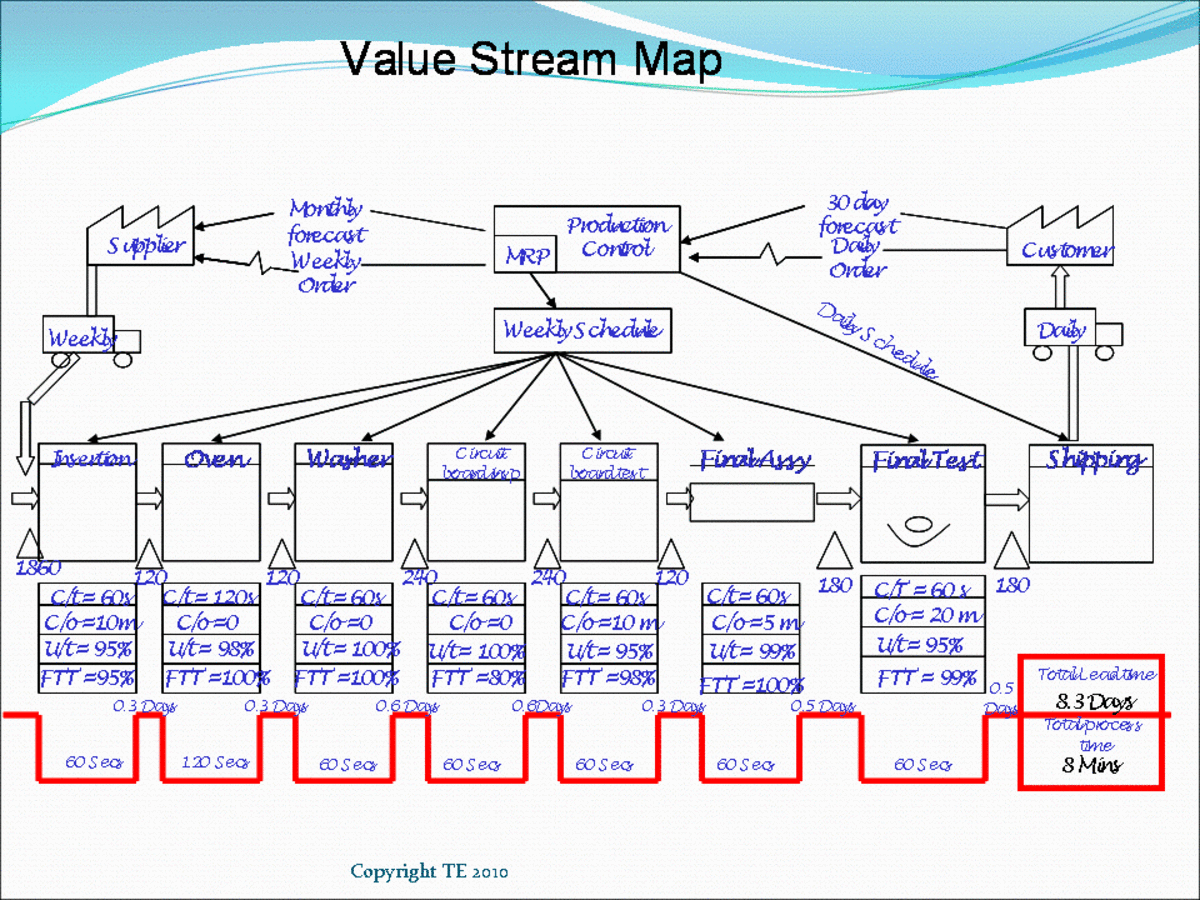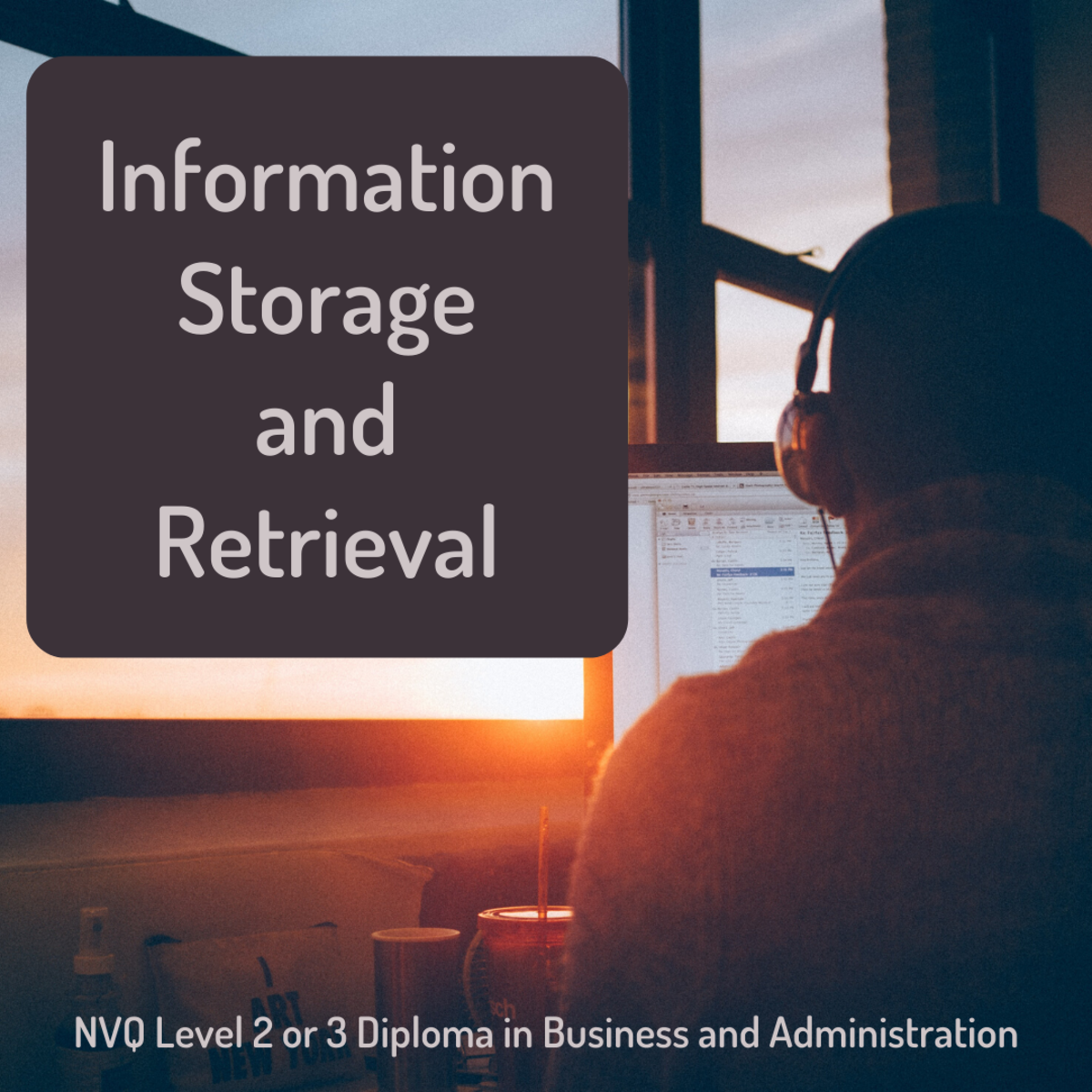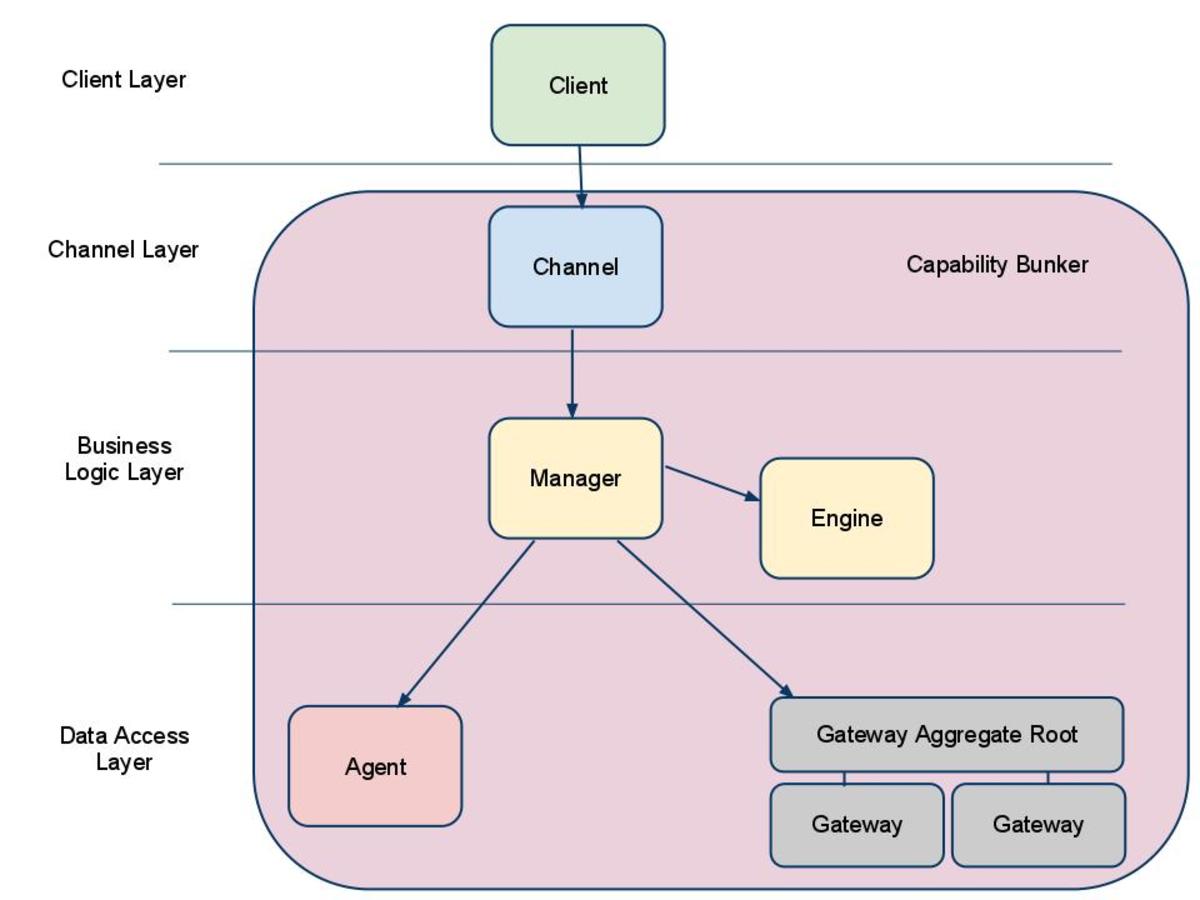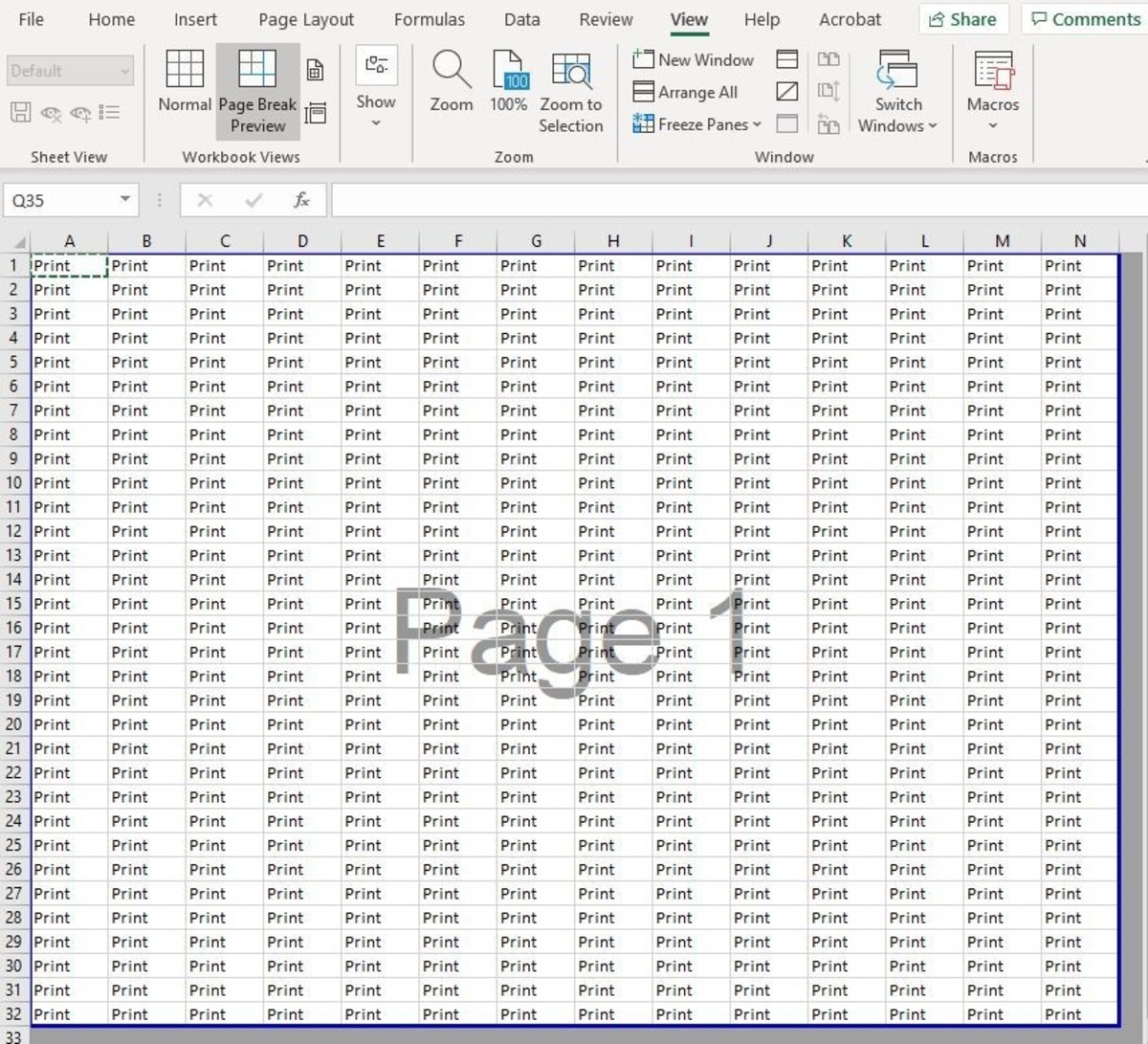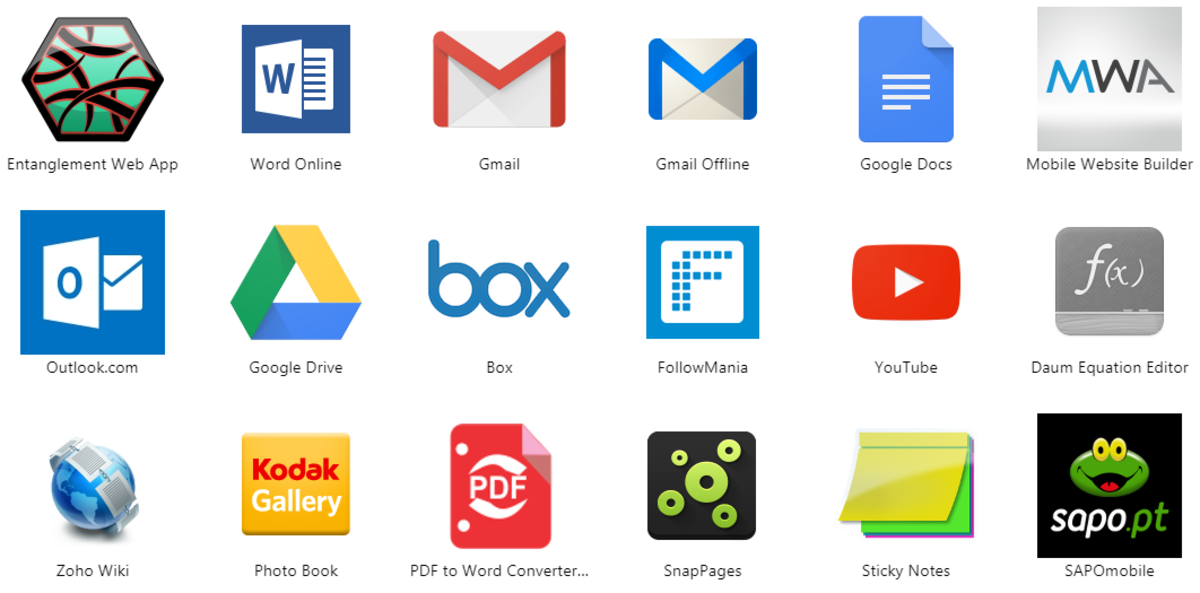- HubPages»
- Technology»
- Computers & Software»
- Computer Software
How to Select Advanced Data Integration Tools
Elements a Data or B2B Integration Tool Must Possess
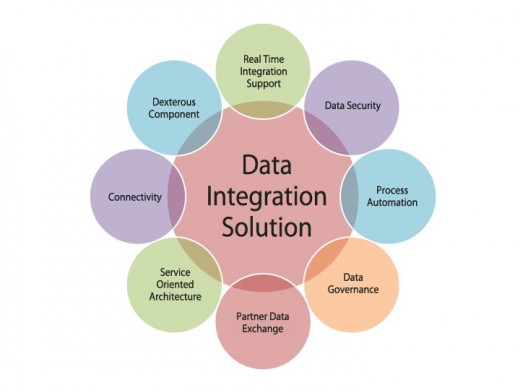
Selecting the right data integration tool which combines complex hybrid information systems and streamlines the overall IT architecture requires a forward thinking approach. Here, the real challenge is identifying a viable platform in an extremely dense and competitive integration software market. A software that uses complex coding and lacks simple data transfer & connectivity protocols can be a costly overhead in the long run. Therefore, I have identified some must-have features of a successful integration tool which can help organizations in making the right investment decision. A modern integration tool must pack these features to deal with overwhelming data connectivity needs.

Real Time Integration
Real Time Integration: An advanced solution must pack features to provide real-time support to deal with the thorny application, process, data connectivity challenges. The tool must be bundled with controls to ensure synchronization of applications, processes, and disparate data sources (including structured and unstructured data) and fix critical data fragmentation issues. It is better to consider platforms that pack controls to support a range of scenarios, i.e., data virtualization, data cleansing, data profiling, etc.
Business leaders must explore different capabilities of a platform to determine whether it has a long approach to deal with future integration needs or not, i.e., Extract, Transform, and Load (ETL), Service Oriented Architecture (SOA), Data Mapping, Integration Platform as a Service (iPaaS), etc.
Another important yardstick to measure the worth of a tool’s access and delivery infrastructure are disruptive technologies. The platform must be future ready to resolve data issues in remote big data pockets and cloud-based systems. These features can support digital transformation initiatives and help in moving away from Capex to Opex based systems.
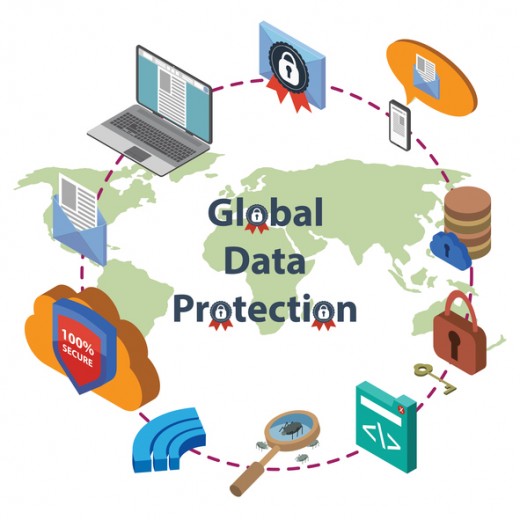
Data Security: There is hardly any country that doesn’t take data breaches seriously and the aftereffects can be serious enough to sidetrack the core business. Moving critical business information (in structured and unstructured data) with security requires credible skills. That’s why an Integration tool must carry greater data democratization and data security features to ensure cross-departmental sharing of information from different sources.
A modern integration tool must use Identity and Access Management (IAM) model while transforming or on-boarding the customer data. It is important to understand the integration use cases of a tool to know how it moves data across vulnerable touchpoints, Internet of Things (IoT), wearables, etc. Moreover, a solution should follow security policies like enhanced user management, external authentication systems, security protocols, etc.
Process Automation: An integration tool should offer a range of options to set up rich workflows, processes and defy data chaos. In simple steps, the tool should create a unified and automated ecosystem for complex processes, i.e., purchase orders, notices, invoices, etc. This involves the integration of two or more systems for data synchronization, security protocols, message routing, data transformation, process orchestration, customer data onboarding, documentation, etc.
The process automation toolset of a platform needs to include process designer, workflow management, role management, partner management options to create rich workflows without any coding. Moreover, rules and profiles should enable users in improving the quality of business-centric information. These components can help businesses in setting up customized processes that bolster the growth opportunities.
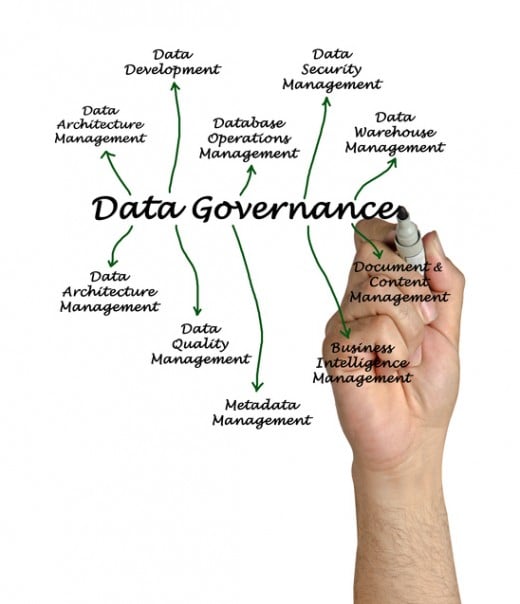
Data Governance: Governance is actually a dedicated approach to managing company's data assets. This system helps organizations in structuring and archiving the data for the future and compliance needs. This feature provides support to set up protocols and collaborative workflows.
Imagine a situation where 200 data elements need to be governed. Manually assembling the data points and elements can be a difficult task. For such scenarios, the framework of a tool must offer heavy duty data governance features that support overwhelming data governance needs.

Partner Data Exchange: The B2B connectivity platform must enable global partners, institutions, stakeholders, etc. to seamlessly exchange data files without any technical coding. Such a shared technology service allows in interchanging data files and monitoring all business transactions.
To select such a data integration system, businesses must look for the following components: partner profile management (to create and manage partner profiles), file conversion or transfer capabilities (to convert and transfer multiple files and file formats.), data file loading, dashboard analytics, etc.
Templatization is another relevant component which is required for partner data exchange. This component helps in creating templates for specific data types. It automatically converts innumerable files so that they can be fed easily into the backend systems. These features can make the data customizable for any given scenario.
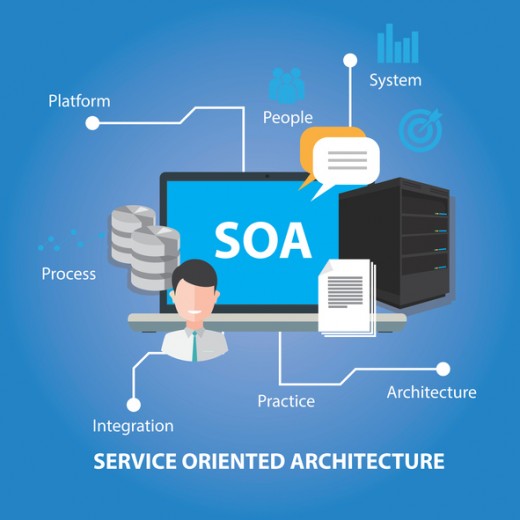
Service Oriented Architecture (SOA): SOA is an integration framework or model that manages messages to enable an interface called service bus. This transaction focussed framework allows process and data components to converse seamlessly on any given network. Organizations with a complex assemblage of processes and IT architecture require robust SOA model for Master Data Management (MDM), data integration, information processing and archival.
It must be remembered that a good SOA framework should allow in Enterprise Application Integration (EAI) and Enterprise Data Integration (EDI) as well. A combination of EDI and EAI will provide universal data access to teams. This will also help teams in fixing heterogeneous, unstructured data and streamlining processes to remove workflow errors sprawling across the enterprise.
A similar function that bolsters the SOA functionality of any B2B data integration tool is metadata repository. This repository function allows business teams in analyzing the lineage of data elements, and managing data formats & transformations for meeting the compliance related requirements.
This is one of those capabilities that streamlines development and accelerates the overall pace of deployment.
Connectivity: An advanced integration tool should ensure inter-platform connectivity to combine disparate processes and systems. This forward thinking approach can help businesses in making the most out of their future cloud, big data, and Internet of Things (IoT) investments.
The Extract, Transform and Load (ETL) features of an integration tool should offer capabilities to interconnect hybrid IT environments and ecosystems.
Experts recommend to check out these three capabilities on the demo version of an integration tool for testing its inter-platform connectivity features:
-
Capability to extracting data from any source into a staging area.
-
Ability to acquire BI and data visibility.
- Semantic cataloging of data elements for capturing data elements.
Dexterous Components: A data integration tool must possess components to obliterate thorny integration issues. The list of these components is definitely not exhaustive but some of them should be present in an ideal solution. Here are some components which an integration tool must bundle:
Feature
| Description
|
|---|---|
Extract, Transform and Load (ETL)
| A vital organ of any modern data integration platform. A solution should bundle controls for data transformation, data loading, batch processing model, etc.
|
Enterprise Data Replication (EDR)
| Modern EDR controls need to manage bidirectional transfers, changed data capture across different databases, data transformation, etc.
|
Master Data Management (MDM)
| MDM component helps in defining business entities (information related to the customer, product, or employee) and sharing them across multiple IT systems with partners, stakeholders, companies, customers, etc.
|
Enterprise Information Integration (EII)
| EII is the process of providing on-demand data access. Instead of moving data, EII leaves the data at its original place. This component is an ideal solution for distinct integration problems and it also helps in accessing data or making it live.
|
Data Quality
| This feature standardizes data elements and provides uniform verification and validation rules. Modern tools must promise generic pattern matching features to standardize different data types (product catalog, invoice, pay order, and employee data) and industry formats.
|
Metadata Repository (MR)
| Metadata is omnipresent in electronic data. Hence, a data management tool should have the metadata repository for managing the electronic data. MR standardizes data elements and provides uniform verification and validation rules. Modern tools must promise generic pattern matching features to standardize different data types (product catalog, invoice, pay order, and employee data) and industry formats.
|
The repository simplifies importing and versioning (from business intelligence environments), monitoring and reporting of metadata.
| |
In advanced data integration platforms, the metadata repository manages non-metadata entities including objects, documents, and communications (annotations, threads, etc.).
| |
Real-time Batch Triggers
| These triggers simplify data integration operations like job scheduling and getting insights.
|
Table: Must Have Features In an Advance Data Integration Tool
The aforementioned were some of the essential features which must be there in an advanced integration tool. It must be noted that the essential elements of a solution must accommodate the future integration needs of an organization as well. Therefore, organizations must stay updated with the developments happening in the integration software market.
Let us Know
Does your integration software cover all these features?
Conclusion
The integration market has become extremely dense over the years and finding a viable solution is now a daunting challenge. To help businesses in making a strategically wise investment, I have identified some essential features that should be there in a modern B2B data integration tool. A new generation of integration software must pack these features to ensure accelerated integration, federation and data transformation across hybrid IT architectures. Business can assemble these features and prepare a strategy beforehand to find the right solution for their business case.

